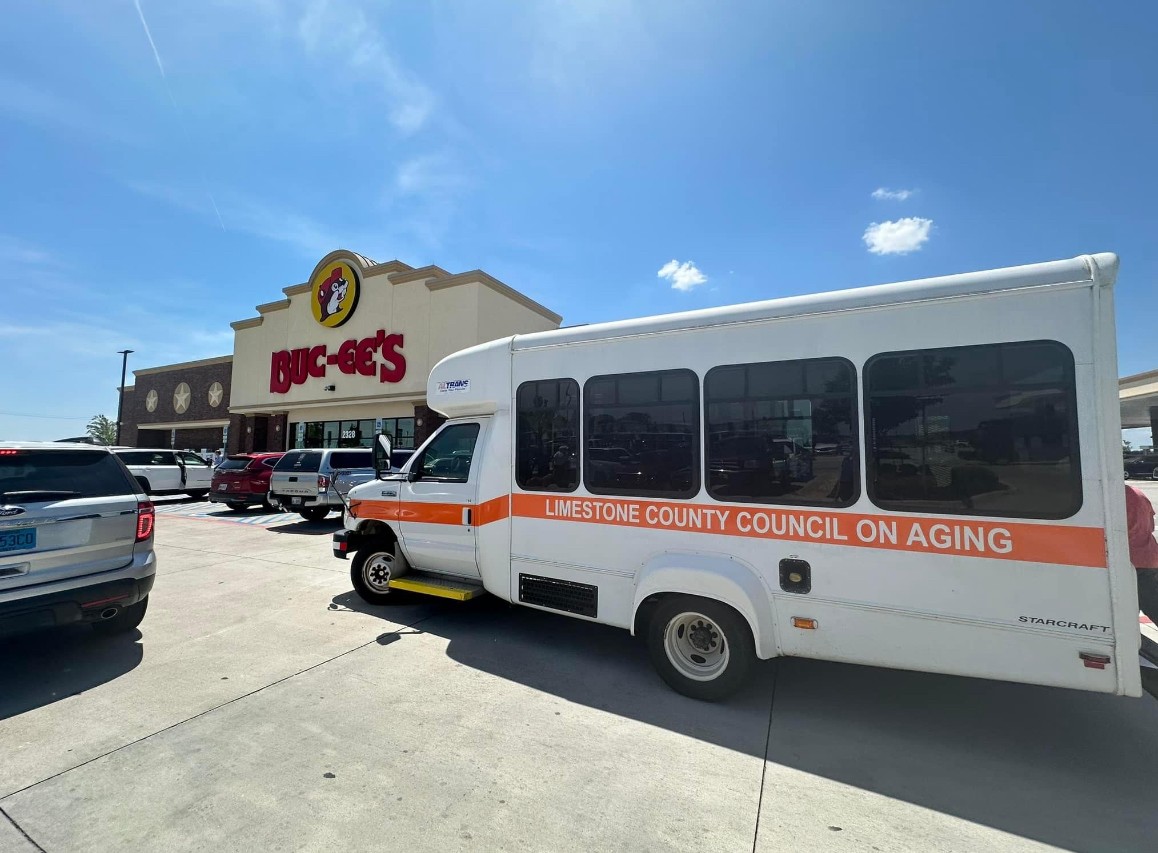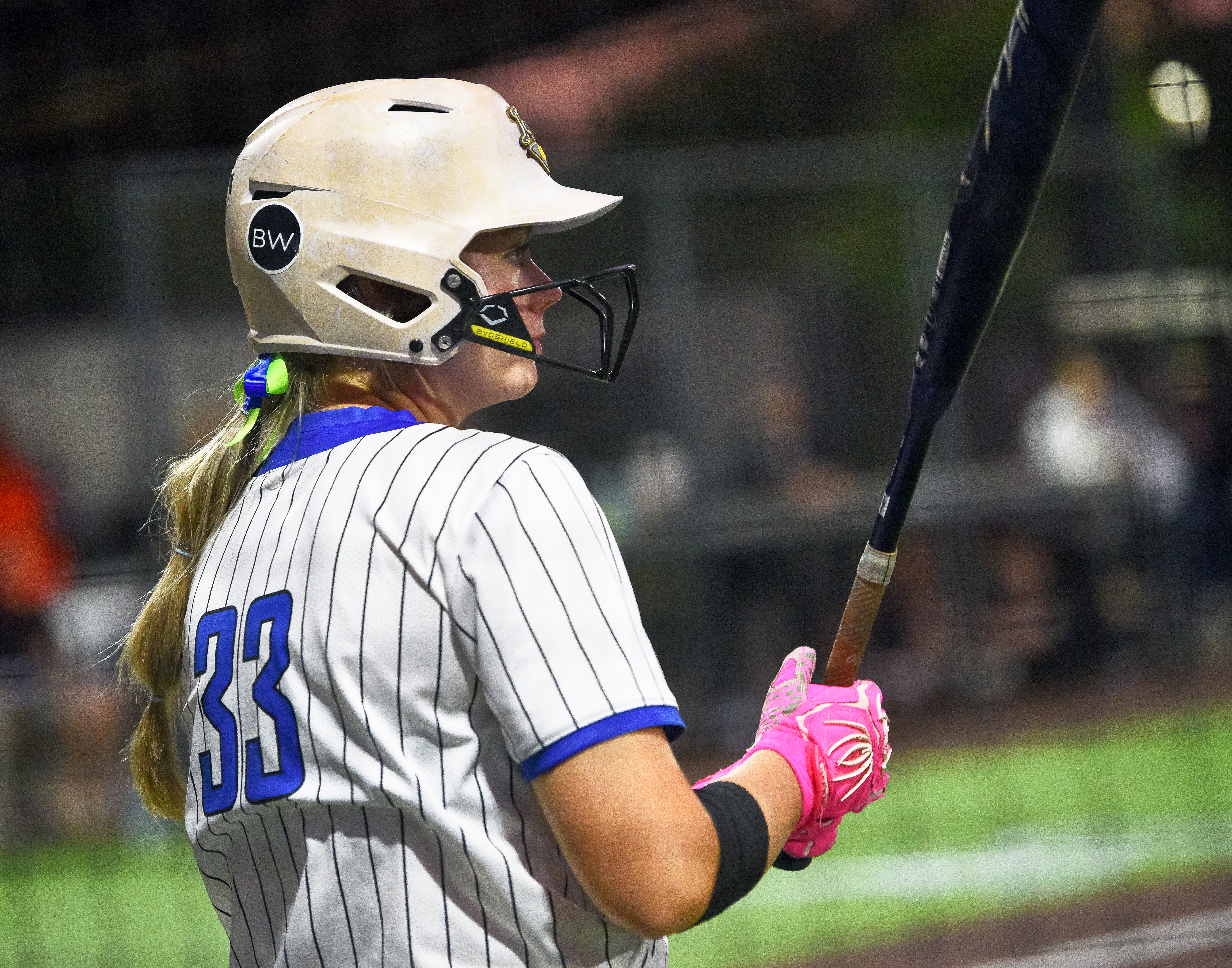Support, awareness best ways to squash bullying
Published 6:45 am Friday, October 27, 2017

- Bullying
In 2006, the National Bullying Prevention Center chose the month of October to create awareness about a problem that affects at least 20 percent of today’s youth.
Bullying has been around as long as anyone can remember, but the federal government only began collecting data on the problem in 2005.
Since then, campaigns such as the National Bullying Prevention Center have sought to stomp out the behavior in America’s schools.
According to Bill Giguere, the Development Officer at Mental Health Center of North Central Alabama, anyone can be a victim of bullying, but certain groups are more likely to be harassed. According to the campaign’s website, www.pacer.org/bullying/, a student with disabilities is 2 to 3 times more likely to be bullied than a non-disabled child, and 64 percent of students enrolled in weight-loss programs report being teased about their appearance.
“Students who stand out because they have different cultural practices or speak another language are bullied more, as are students who have gender identity issues,” Giguere said.
The percentage of LGBTQ students who report being bullied at school is staggering. A recent national survey found nearly 75 percent had been verbally abused in the past year, and 36 percent reported they had been physically abused by a bully. Over half of LGBTQ students felt unsafe at school, and almost a third missed multiple days of school as a result.
The good news is schools that implement clear policies to deal with bullying and provide support to students on both sides can significantly cut down on the problem.
Both Limestone County and Athens City schools systems have policies in place to deal with the ongoing problem.
“Bullying prevention is something we discuss throughout the year,” said Beth Patton, operations director for Athens City Schools.
Tanner High School supports students who struggle with bullying through the REACH school advisory initiative, a state-based program that provides guidance lessons that include sessions on getting along with one another. This year, all the schools in ACS have implemented biweekly advisory lessons that focus on the physical, emotional and social needs of their students. Athens Intermediate School focused on bullying during their last advisory lesson.
Patton said ACS students are taught to immediately tell the other person to stop and to use a certain kind of message when doing so. These messages start with the way the action makes the student feel, followed by naming the action itself and ending with a suggestion of something for the offending person to do instead.
Patton said students are also encouraged to tell adults as soon as possible so they can deal with the situation as well. She pointed out that ACS counselors and adult mentors are always available to talk with kids who are having a rough time.
Julie Meals, the sixth through 12th grade guidance counselor at Tanner High School, said that if bullying persists after it has been reported, she might look at changing schedules around to remove a bullied child from the situation. Parents are also brought into the discussion.
“If we can get the parents involved, the outcome is better all around,” she said.
How to stop a bully
A study conducted by the Youth Voice Project asked 13,000 students in 31 schools to share their best and worst solutions to bullying. The most helpful strategies included telling an adult at home, telling an adult at school, making a joke about it and telling a friend. Students said the least helpful responses included hitting or fighting back, revenge, telling the bully to stop and telling the bully how their behavior made them feel.
Peer support is consistently cited as one of the biggest deterrents to bullying. Chloe Wilson, a 4-H extension agent has heard similar testimonies from the fifth and sixth grade students she interacts with during her monthly classroom 4-H lessons.
“We as adults cannot fix this problem,” she said. “It has to start with kids who stand up for one another. That is what makes the biggest difference.”
“There is only so much a teacher can do. They can’t always be in the bathroom, or in the hallways or online with their students,” Wilson added.
Cyberbullying
Bullying generally comes in three forms — physical, verbal and cyberbullying, which has nearly doubled since 2007. School guidance counselors throughout both districts reported a sharp increase in this type of online bullying on their campuses.
Meals said that although physical bullying has leveled off at her school, she has seen a definite increase in cyberbullying.
“It happens off campus on Facebook, Twitter, Snapchat — you name it,” she said. “… If it spills over into the school day, we will pull the kids involved in and talk to them about their post and how damaging it is.”
Giguere said the number one way to put a stop to cyberbullying is parent involvement. He actively encourages parents to sit with their children and go through their social media together.
“The question used to be, ‘How do we set up the schools to prevent bullying?’ But all that has changed because people can reach out online and say the most hateful, demeaning things to one another and no one ever knows,” he said. “Parents and teachers need to be involved with their kids’ online lives.”
Effects of bullying
Kids who are bullied often cannot sleep, are anxious and fight depression. Kids who bully often have academic problems, abuse substances and exhibit violent behavior into adulthood. Both groups are at risk for mental health and behavior problems.
There is a strong association between bullying and suicidal behaviors, according to the NBPC website, but Giguere wants people to understand that “there is not a cause-and-effect relationship between the two.”
“There is no single cause to suicide,” he said. “It most often occurs when stressors exceed current coping abilities. But bullying may very well be one of the stressors that contributes to the whole picture.”





